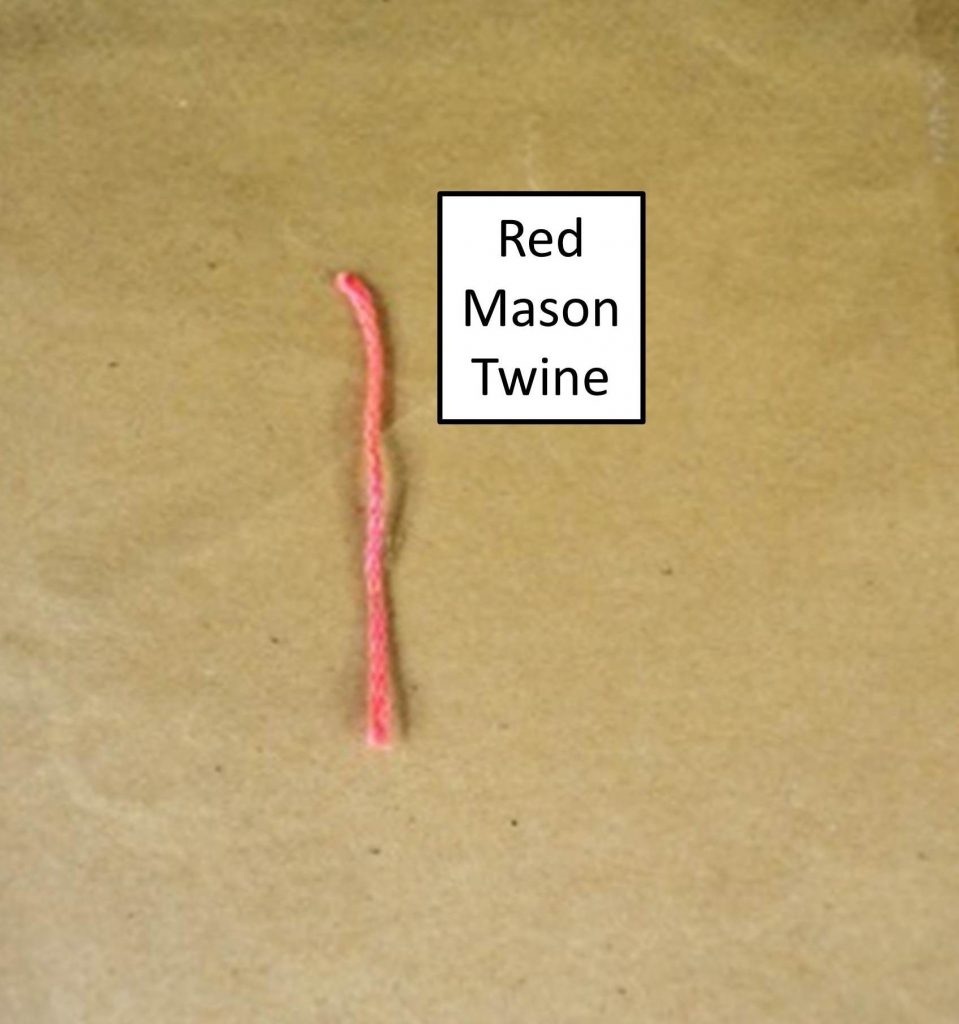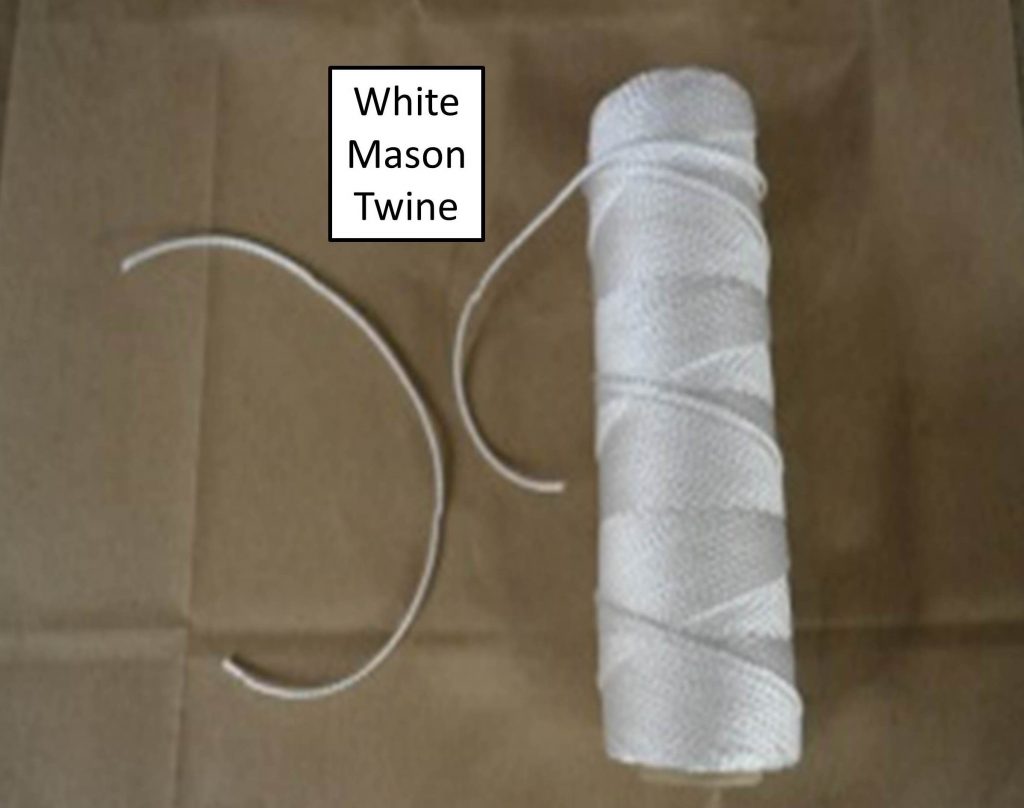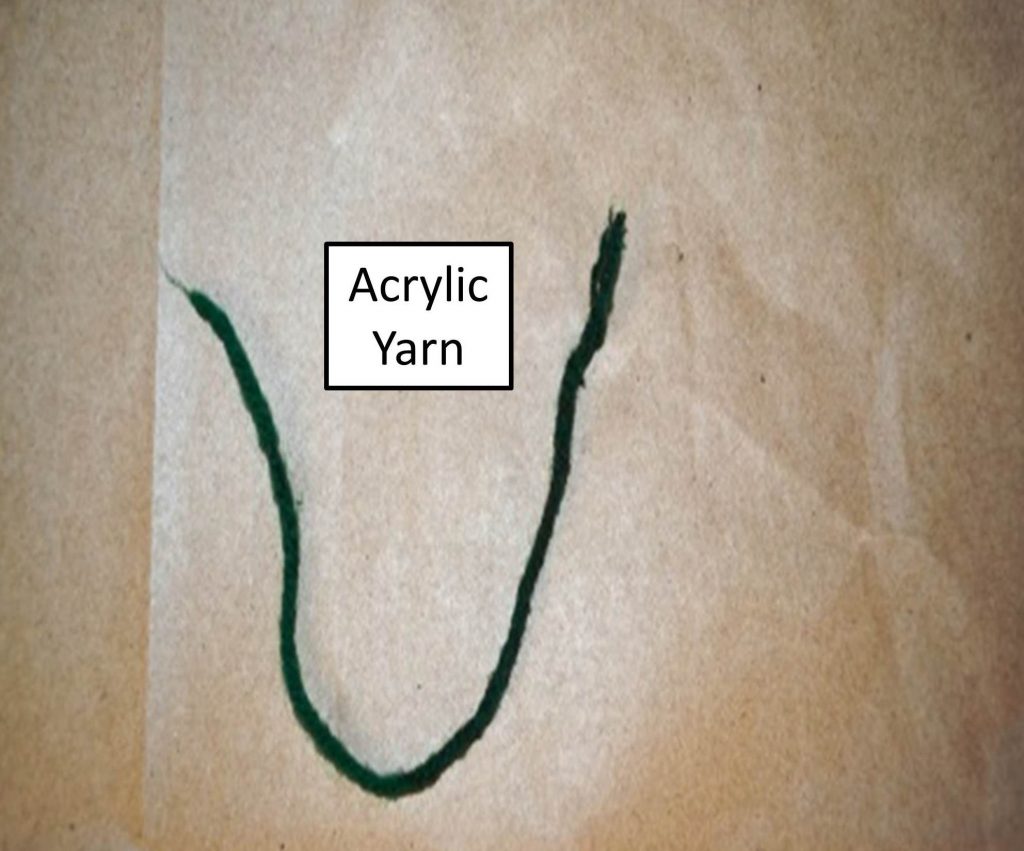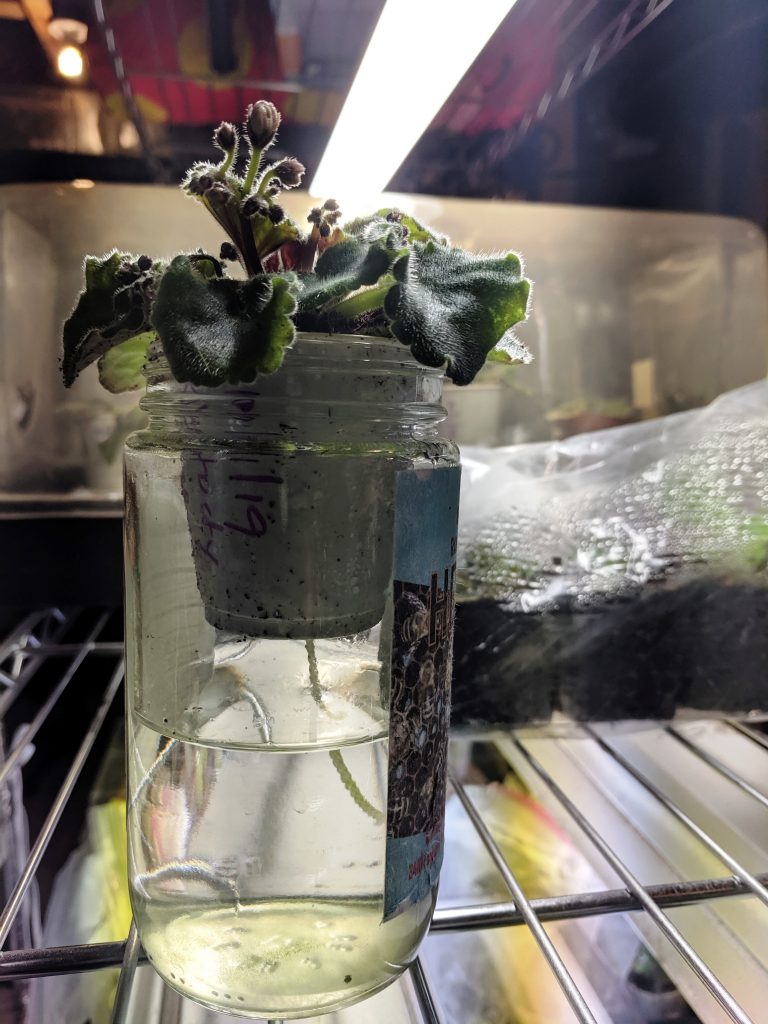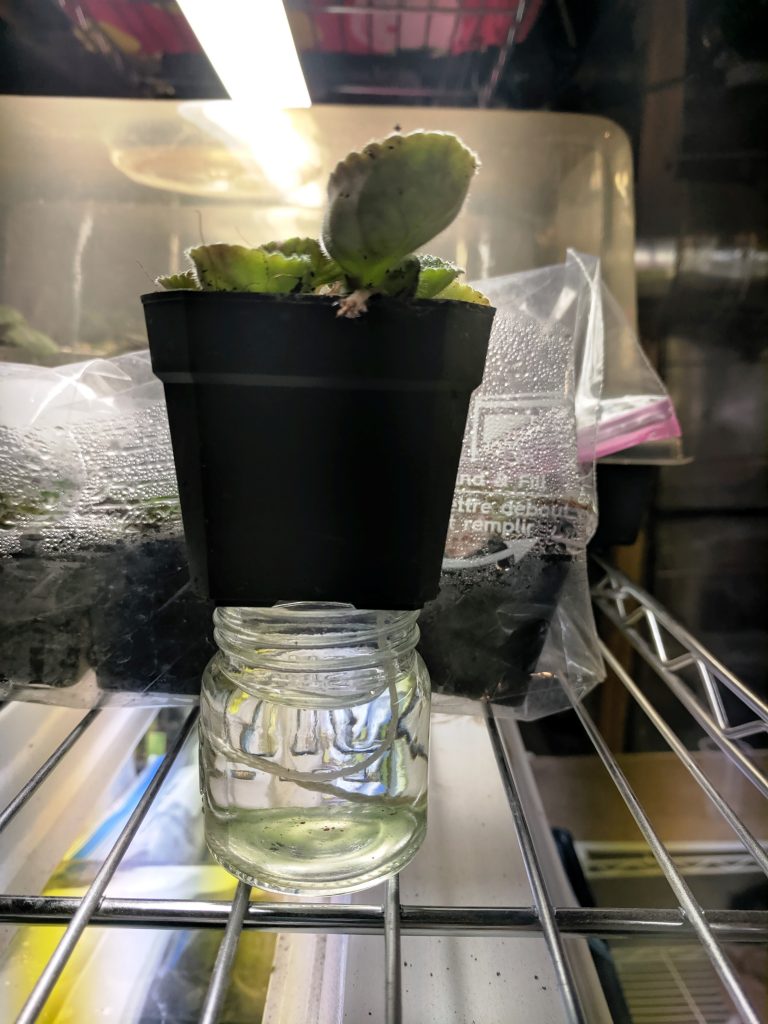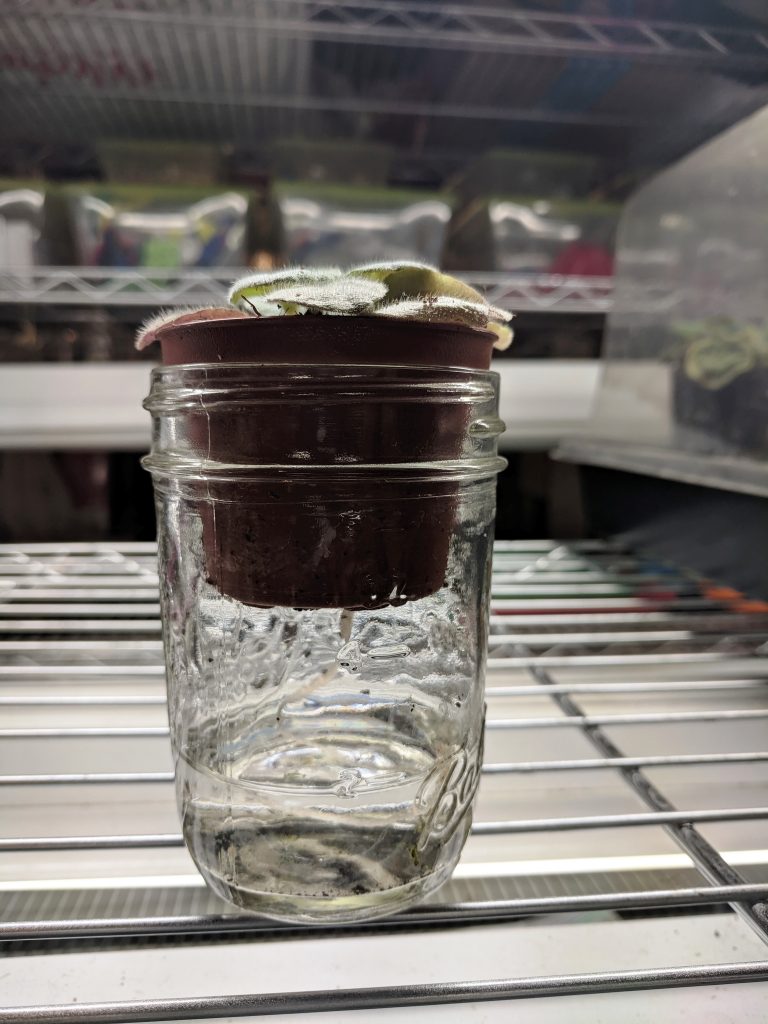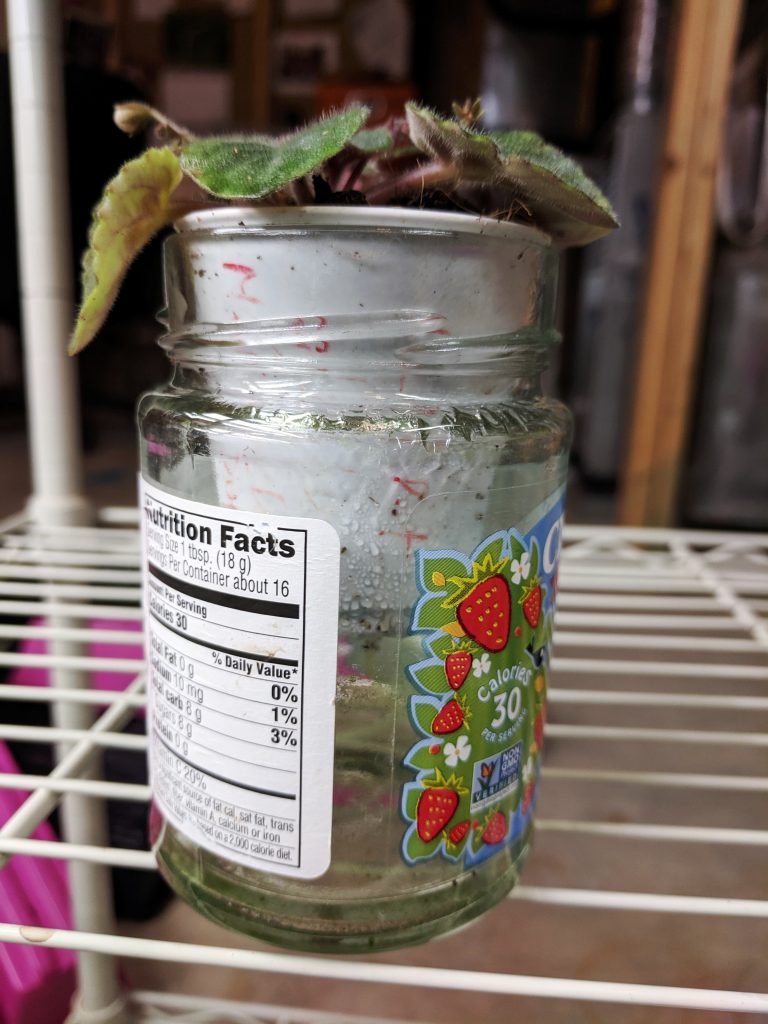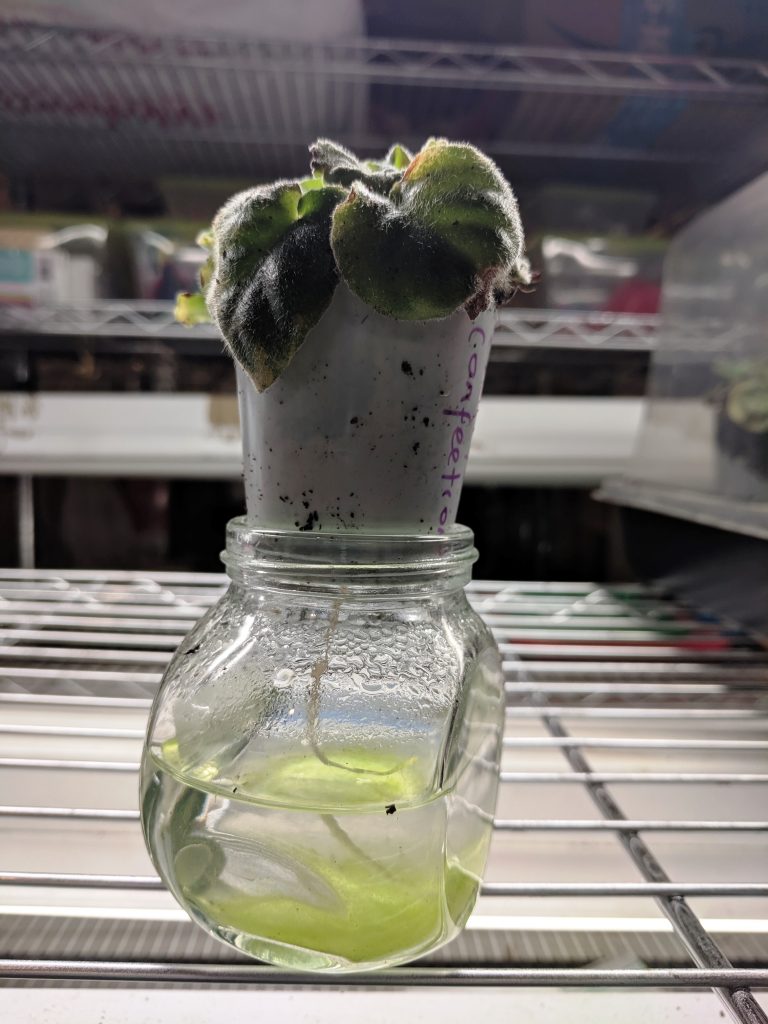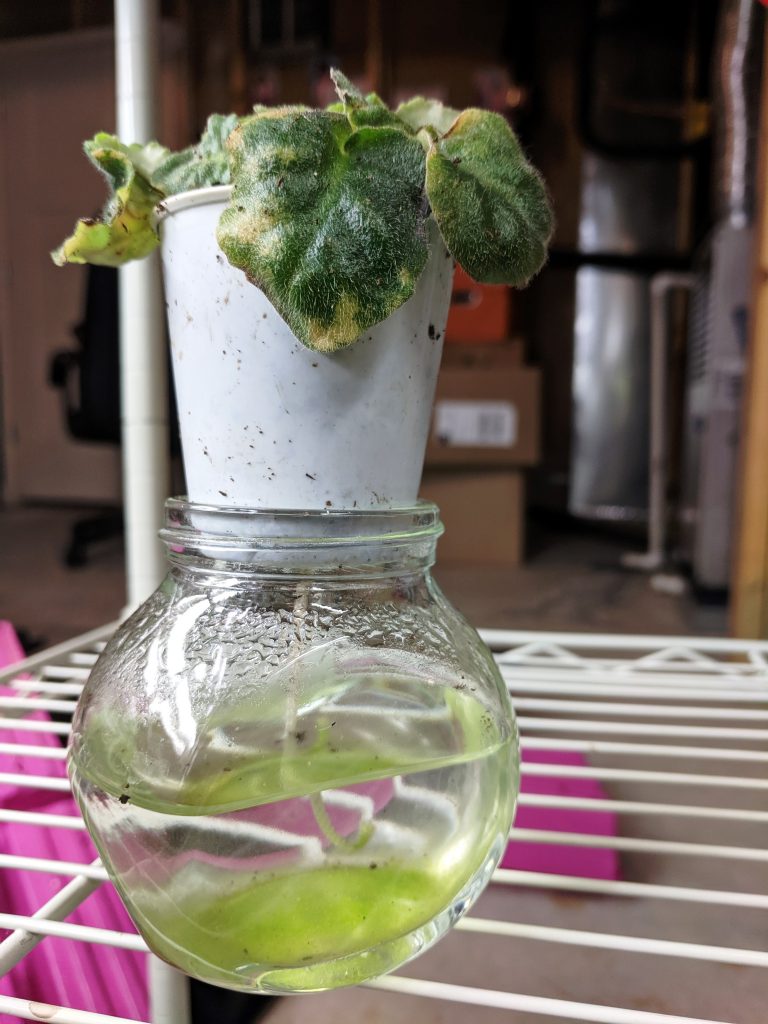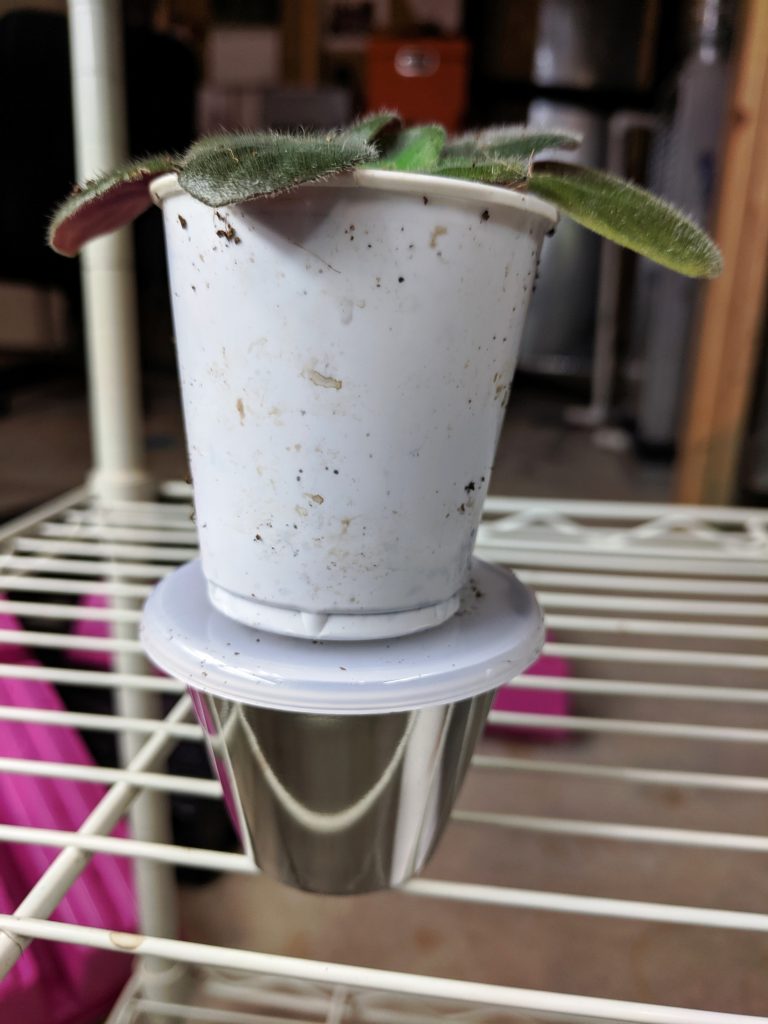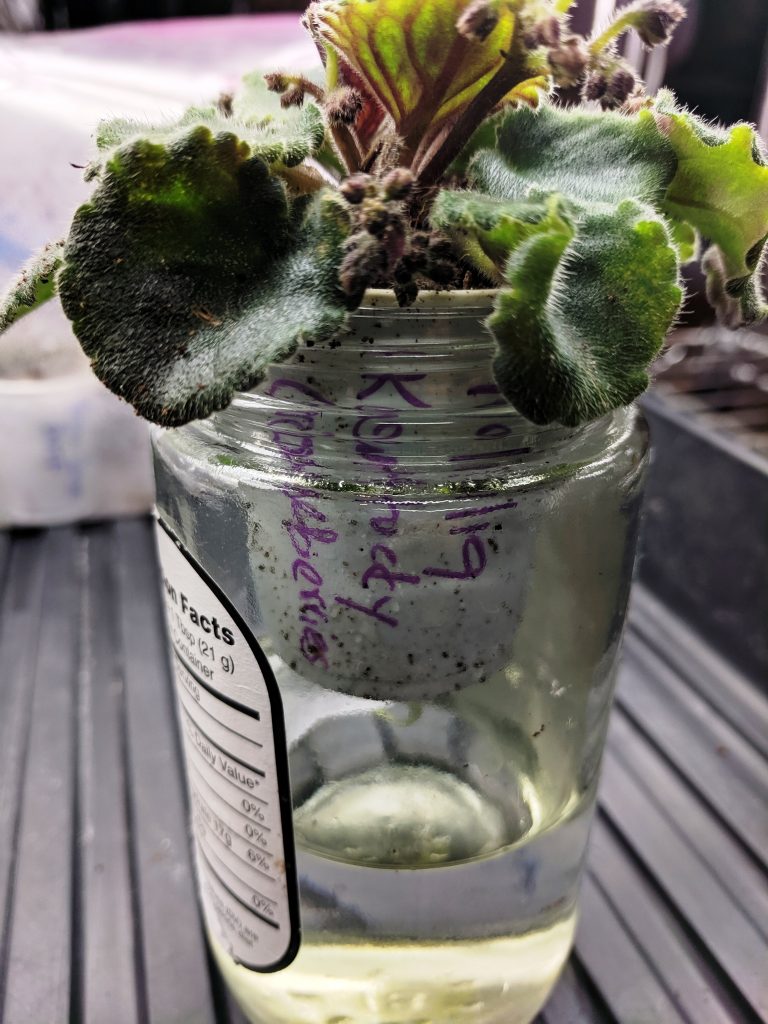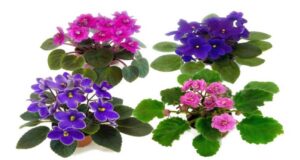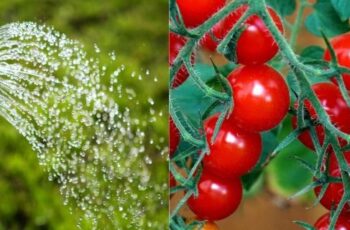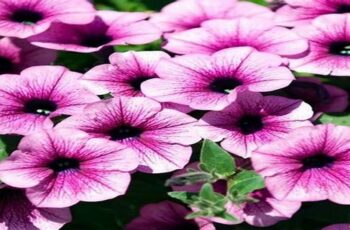Ad Blocker Detected
Our website is made possible by displaying online advertisements to our visitors. Please consider supporting us by disabling your ad blocker.
- Wicks used in African Violet wicking systems should be made of inorganic /synthetic/man-made/artificial material.
- These include acrylic yarn, acrylic cord, rayon, nylon yarn, nylon twine, nylon cording (as seen below)- masons twine from Home Depot or lowes (3 plies).
- I use #18 mason twine. The diameter of the twine is 1/16th of an inch (0.0625inch) or 1.58mm. The diameter can vary by manufacturer slightly, I have found #18 mason in 1.52mm also. This will work fine too.
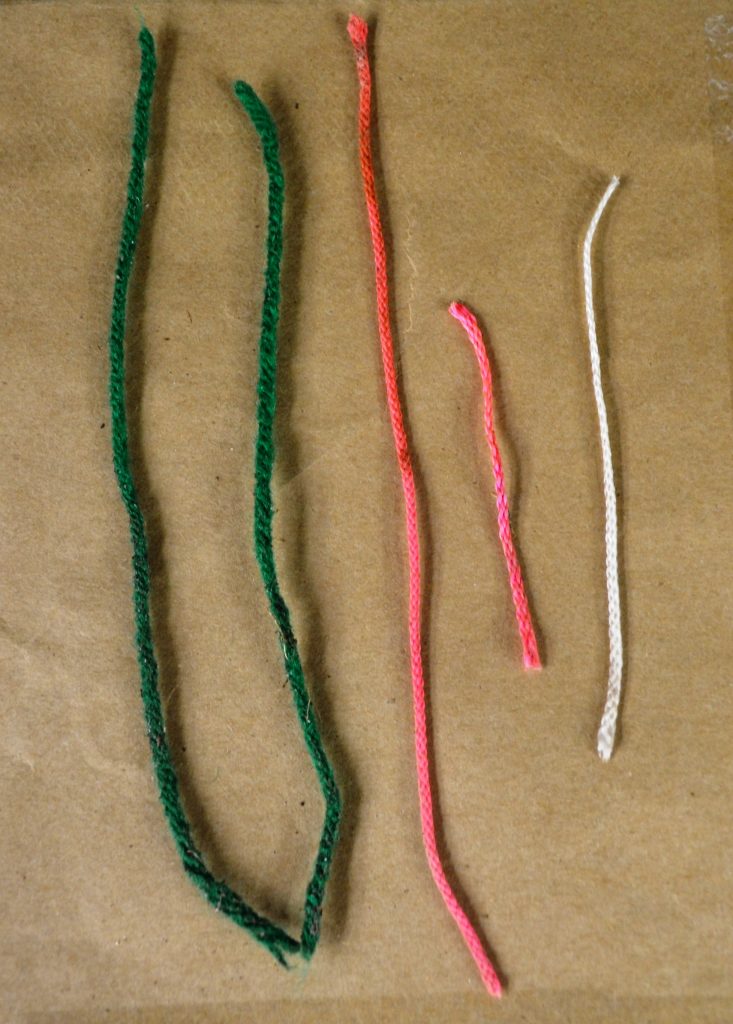
- Do not use cotton or wool as these are natural materials and the natural fibers in them are susceptible to rotting.
- The average length of a wick should be 6”-8” long depending upon the size of the pot. Depending upon whether you are using a heavy/thick or thin wick, use 1 piece of wick or 2-3 pieces of thin wick per pot.
- You can also set up an experiment and see the difference between placing 1 wick in the pot versus 2-3 wicks and observing the rate at which the soil is moistened and how long it takes for the reservoir to be empty. This way you can be entirely sure how many wicks work best for your plant.
- Replace wicks after 6-8 months of use, as the fibers of the wick material will wear out and lead to inefficient water absorption. Also, soil particles, fertilizer salts, and minerals from the water will start building up on the fibers again leading to inefficient water absorption.
Potting Mix / Soil to encourage wick watering in African Violet plants?
- For wick watering African Violet plants, the potting mix/soil should be light and airy.
- This includes either a soilless mix of only vermiculite/perlite or a light soil mix of at least 50%-75% vermiculite or perlite and 50%-25% peat moss.
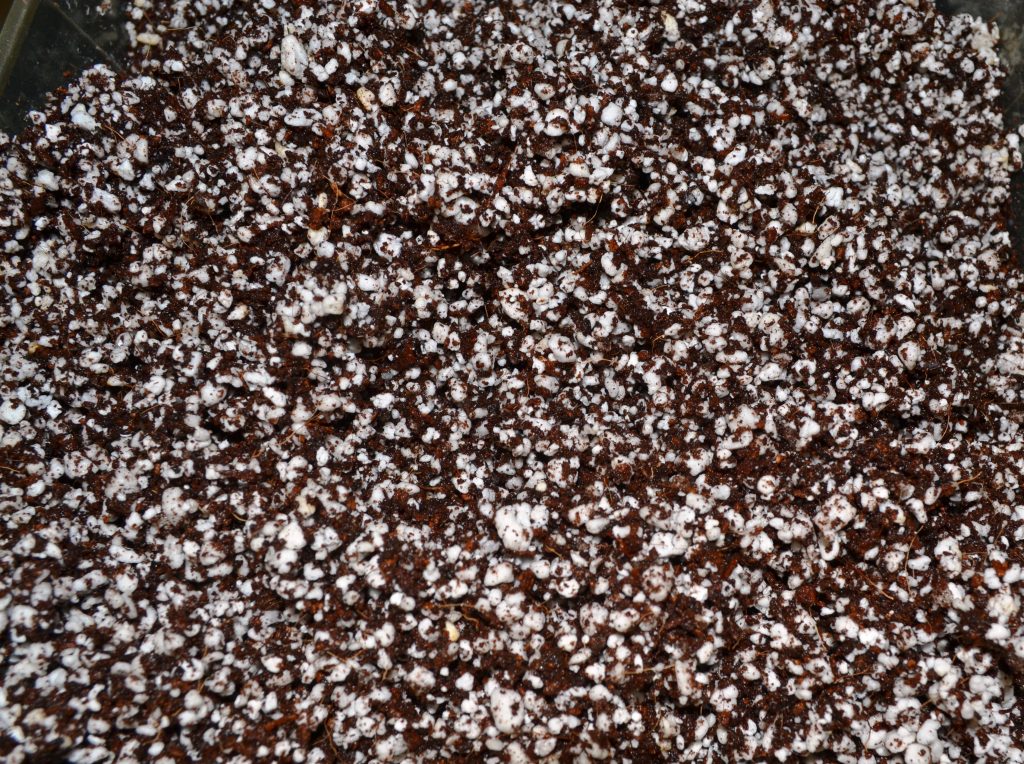
Type of pot/container for water – wicked African Violet plants?
- For water wicked African Violet plants, the best pots to use are plastic pots. Ceramic pots can also be used, but I prefer plastic pots.
- Plastic pots allow slow water evaporation from the soil as they hold water. They are also easier to clean and store, lightweight and more durable.
- Clay pots are not suitable for water wicked African Violet plants, as they induce fast water evaporation from the soil and sides of the pot due to their porous material.
- As a result in clay pots the soil dries out frequently and the African Violet plant needs to be watered frequently.
- Clay pots also readily absorb fertilizer salts which lead to the accumulation of mineral deposits, especially on the rims of the pots. This can burn the leaves of the African violet plant when in contact with the mineral deposit-covered rim.
Types of reservoirs for water-wicking African Violet plants?
- Commercial reservoirs (which are placed under the African Violet pots) are available for the wicks to rest in and absorb water.
- The cheaper way is to use a plastic container, such as a small Ziploc container with two holes punched in the lid. One hole for the plant wick to go through the lid and the other hole for air ventilation.
- The end of the wick threaded through the lid is then extended down inside the plastic container filled with water and the violet with the lid is used to snap-close the container.
- The cut-out hole for air ventilation can also be used to fill water in the container with a pipette and without opening the lid.
- Butter/margarine/yogurt containers can also be used as reservoirs.
- A drill bit (size 3/16”) can be used to make holes in plastic containers.
- Glass containers such as baby food jars or bell canning jars can also be used.
- Sandwich bags or small plastic bags can be placed inside the plastic/glass jars and when algae forms or get dirty; they can be easily removed and replaced.
How to add fertilizer to water- wicked African Violet plants?
- One of the great advantages of water-wicking African Violet plants is that fertilizer can be added to the reservoir water thus maintaining a constant feed of fertilizer.
- The fertilizer should be added at a diluted concentration, at either a half or quarter strength depending upon the size of the reservoir. At half the strength of the recommended amount. For e.g. if it says to add ½ a tsp to a gallon of water, then add 1/4th tsp instead.
- The reduced strength of fertilizer is added to prevent the reservoir water from becoming too concentrated over time with fertilizer.
- It is recommended to top water the plants every 6-8 weeks to flush out any fertilizer salts that may have accumulated within the pot.
- During this time, do not re-fill the reservoir or water the plant for 4-5days, allowing the topsoil to dry. Then wash/clean the reservoir and refill with fresh room temperature water. This can be done each time the reservoir needs re-filling with fresh water.
- If you notice algae in the water, that is fine, it does not cause any harm apart from the unsightly look. Algae can be avoided by adding an algaecide (Physan 20) to the water at the same diluted strength of ¼-1/8th tsp.
**Posts may contain affiliate links and I will be compensated if you make a purchase after clicking on my links
When to top water wicked African Violet plants?
- As mentioned above, once every 6-8 weeks it is best to top water the water wicked African violet plants to flush out fertilizer salts from the root system.
- Allow the reservoir to dry out of the water and then over a period of 3-4 days allow the potting soil to become dry also.
- Then continue wick watering by adding fresh room temperature water to the reservoir. Fertilizer and an algaecide can also be added to the reservoir at this time.
[mashshare]
